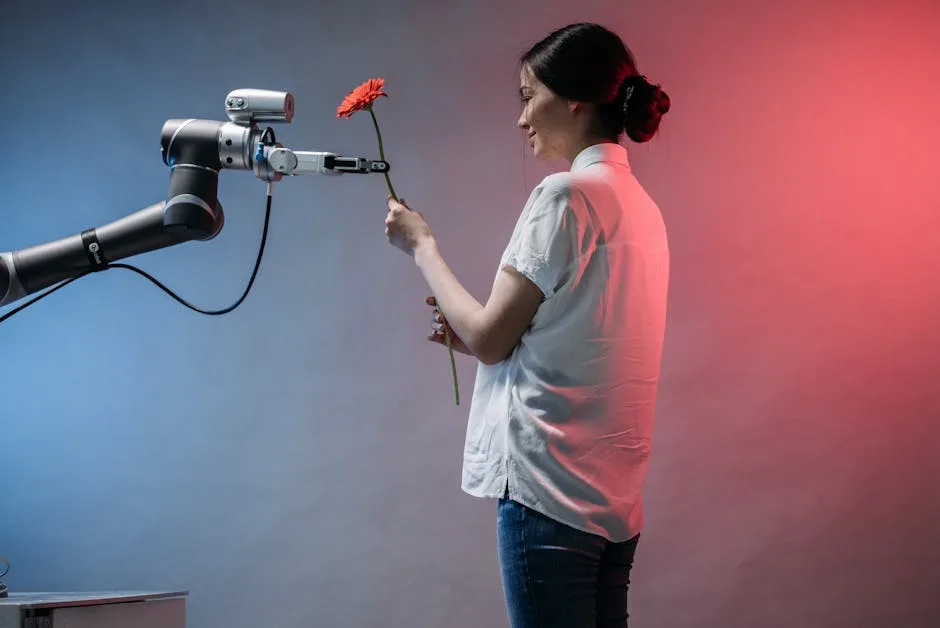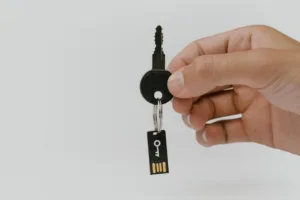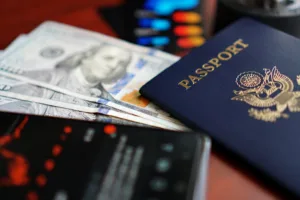
The launch of OpenAI’s “Sora” social video app1 marks a significant escalation in the accessibility of synthetic media, enabling users to insert their likeness into AI-generated clips with ease. This technology, while marketed for entertainment, is rapidly being adopted by a wider ecosystem of applications that specialize in creating fabricated scenarios, such as fake arrest videos and movie scenes23. For security professionals, the proliferation of these one-click tools represents a fundamental shift in the threat landscape, lowering the barrier for creating highly convincing, personalized media that can be weaponized for sophisticated social engineering, defamation, and disinformation campaigns. The technical ease with which these videos are created and distributed demands a re-evaluation of digital identity verification and media forensics protocols.
Technical Dissection of the AI Face-Swap Ecosystem
The underlying technology powering these applications has evolved from complex, research-grade projects into commoditized services requiring minimal user input. Platforms like MyShell.ai and Higgsfield AI810 advertise the ability to generate professional-quality videos from a single selfie, utilizing advanced “3D PoseSync Tech” for more realistic integration than basic face-swaps. The process is often as simple as uploading a group photo to a service like ToMoviee.ai, where the AI automatically selects and transforms one person into a suspect in a police arrest video, complete with uniforms and handcuffs, with “no editing, no prompts—just one click”2. This democratization is furthered by mobile applications such as MemeMe, which boasts a 4.8-star rating on the Apple App Store and requires only one selfie to integrate a user’s face into a vast library of meme templates6. The entire workflow, from creation to distribution, is optimized for virality on platforms like TikTok, which hosts both the final fabricated videos and tutorials on how to create them7.
Security Implications and Threat Modeling
The primary security concern is the potent combination of high fidelity and low effort, which creates an ideal environment for malicious activity. A threat actor can now generate a convincing video of a targeted individual in a compromising fictional scenario, such as being arrested or making inflammatory statements, without any technical expertise in deepfake generation. This can be used for corporate defamation, extortion, or highly targeted spear-phishing campaigns. For instance, a fabricated video of a Chief Financial Officer (CFO) appearing to authorize an urgent wire transfer could be used in a Business Email Compromise (BEC) scheme, adding a layer of credibility that is difficult to refute in real-time. The normalization of this technology, as it is packaged for “fun” in apps like Reface and YouCam Video5, also desensitizes potential victims, making them less suspicious of such content.
Operational Risks for Organizations and Personnel
Beyond external attacks, organizations face internal risks related to employee misuse and reputational damage. An employee could use these tools to create a harassing video of a colleague, leading to significant workplace issues and potential legal liability. Furthermore, the data handling practices of these applications present a privacy risk. While some services, like Media.io, claim to automatically delete user data after 7 days3, others, such as MemeMe, state that “Usage Data” may be used to track users across other companies’ apps and websites6. The aggregation of facial biometrics from these platforms could create a rich target for data breaches or be used to build profiles for future targeted attacks. Security teams must consider the corporate policy implications of employees using these applications on corporate devices or with corporate data.
Detection and Mitigation Strategies
Combating this threat requires a multi-layered approach that blends technical controls with user education. From a technical standpoint, security teams should invest in and test advanced deepfake detection tools that analyze videos for digital artifacts, inconsistencies in lighting, and unnatural blinking patterns. However, as the underlying AI models improve, these detection methods will become less reliable. Therefore, procedural controls are critical. Organizations must enforce strict verification protocols for sensitive actions like financial transactions, ensuring that multi-factor authentication and secondary, out-of-band confirmation are mandatory, regardless of the apparent source of a request. Security awareness training must be updated to include the reality of synthetic media, teaching personnel to be skeptical of unexpected video content and to verify information through established, trusted channels.
The emergence of user-friendly AI face-swapping applications like Sora represents a paradigm shift in the creation of synthetic media, moving it from a specialized skill to a ubiquitous feature. This presents a clear and present danger to organizational security, enabling new forms of social engineering, reputational attacks, and harassment with unprecedented ease. While technical detection solutions are part of the answer, a robust defense will hinge on updated security policies, rigorous verification procedures, and continuous user education. The speed of adoption of these tools by both the public and potential adversaries means that security teams must act promptly to integrate the risk of synthetic media into their threat models and incident response plans.
References
- [1] The Washington Post, “OpenAI launches Sora social video app that can put your face into AI-generated clips,” Oct. 2, 2025. [Online]. Available: https://www.washingtonpost.com/technology/2025/10/02/openai-sora-social-video-app-face-ai/
- [2] ToMoviee.ai, “AI Arrest Filter – Generate Viral Police Arrest Video Online.” [Online]. Available: https://www.tomoviee.ai/ai-arrest-filter
- [3] Media.io, “AI Police Arrested Video Generator.” [Online]. Available: https://www.media.io/ai-police-arrested-video-generator.html
- [4] MorphMe, “Face Swap Video App – Google Play.” [Online]. Available: https://play.google.com/store/apps/details?id=com.morphme.morphyou
- [5] PerfectCorp Blog, “10 Best Face Swap Apps in 2025 (Free & Paid).” [Online]. Available: https://www.perfectcorp.com/business/blog/face-swap-apps
- [6] MemeMe, “AI Meme Maker & Face Swap App – Apple App Store.” [Online]. Available: https://apps.apple.com/us/app/mememe-ai-meme-maker-face-swap/id6732759504
- [7] TikTok, “How to Make The Ai Vid of Someone Getting Arrested.” [Online]. Available: https://www.tiktok.com/discover/How-to-Make-The-Ai-Vid-of-Someone-Getting-Arrested
- [8] MyShell.ai, “Face Swap Video Creator.” [Online]. Available: https://myshell.ai/face-swap-video
- [9] MemeMe, “AI Meme Maker & Face Swap App – Google Play.” [Online]. Available: https://play.google.com/store/apps/details?id=com.cardinalblue.mememe
- [10] AsapGuide, “How to Insert Your Photo Into Famous Movie Scenes – Higgsfield AI,” YouTube. [Online]. Available: https://www.youtube.com/watch?v=example_higgsfield




